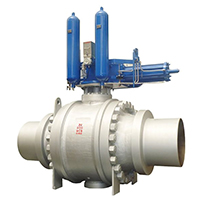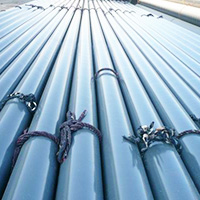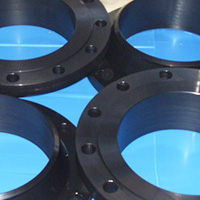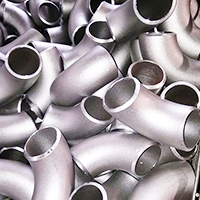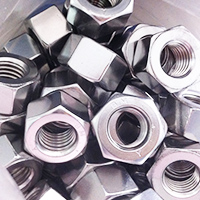Usually, ball valves are not labeled with direction and can be installed casually. Ball valves have no direction, but in actual installation, in order to prevent excessive leakage between the valve body and valve cover, the valve body is usually connected to the direction of the tank or material. Some ball valves have directionality and are usually labeled on the ball valve, which cannot achieve good sealing when installed upside down When installing ball valves, attention should be paid to the installation direction. There are two types of ball valves: one-way sealed ball valves and two-way sealed ball valves. The former has directionality, but if installed in the wrong direction, it cannot guarantee sealing under full pressure difference, while the latter has no directionality. Structurally, there are two types of sealing: two-way sealing and one-way sealing. Generally, there is no flow direction requirement for two-way sealing, while one-way sealing has flow direction requirements If it is a manual ball valve, there is no direction, but if it is a control valve, there is direction. V-shaped ball valves and eccentric half ball valves all have direction, and generally label the medium flow direction on the valve body. Floating ball valves and fixed ball valves are bidirectional, while eccentric half ball valves, V-shaped ball valves, and lift stem track ball valves are unidirectional Do I need to pay attention to the installation direction when installing ball valves? There are two types of ball valves: O-shaped ball valves and V-shaped ball valves. The O-shaped ball valve adopts a floating structure, with a precision casting core and a hard chrome plated surface. The valve seat is made of reinforced polytetrafluoroethylene material, with the same diameter as the pipeline, high flow capacity, small flow resistance, and no leakage when closed. It is generally used as an on/off valve, especially suitable for high viscosity, fiber containing, and granular media; The V-shaped ball valve adopts a fixed structure, with a V-shaped notch on the ball core, which can achieve proportional adjustment and has a flow characteristic of approximately equal percentage. The medium flow direction is on the valve body. As a user, generally O-shaped ball valves are used for switching and are basically sealed in both directions, so there is no direction requirement; V-shaped ball valves are used for control and are generally one-way sealed with directional requirements In actual use, the characteristics of each supplied product may not be the same. It is only necessary to check if there is a flow direction indicator on the valve body. If not, it is a two-way seal with no installation direction requirement. If there is, it is necessary to install the indicator to achieve good sealing effect.

